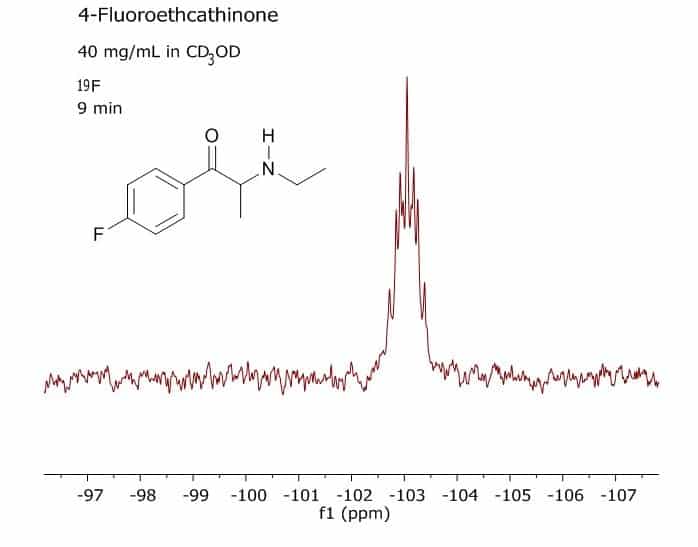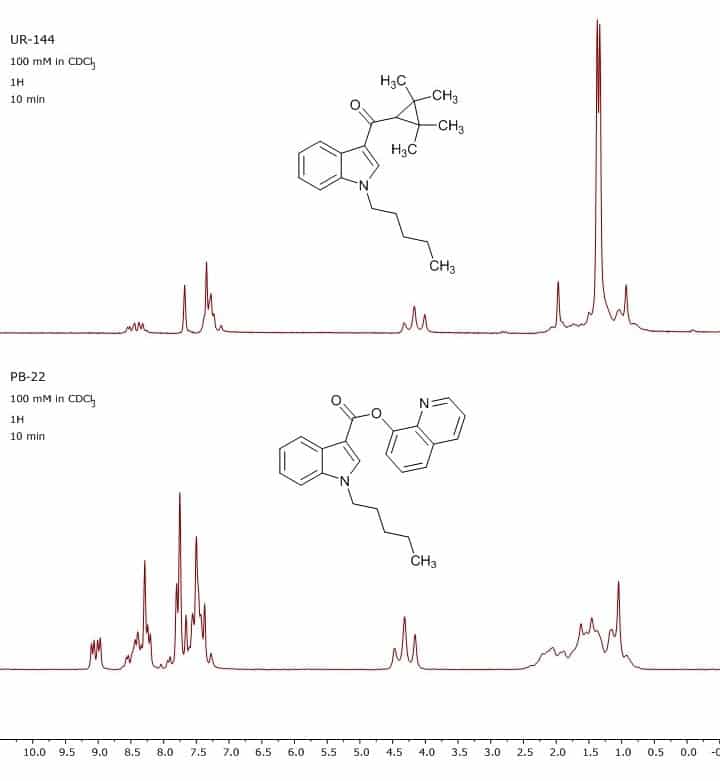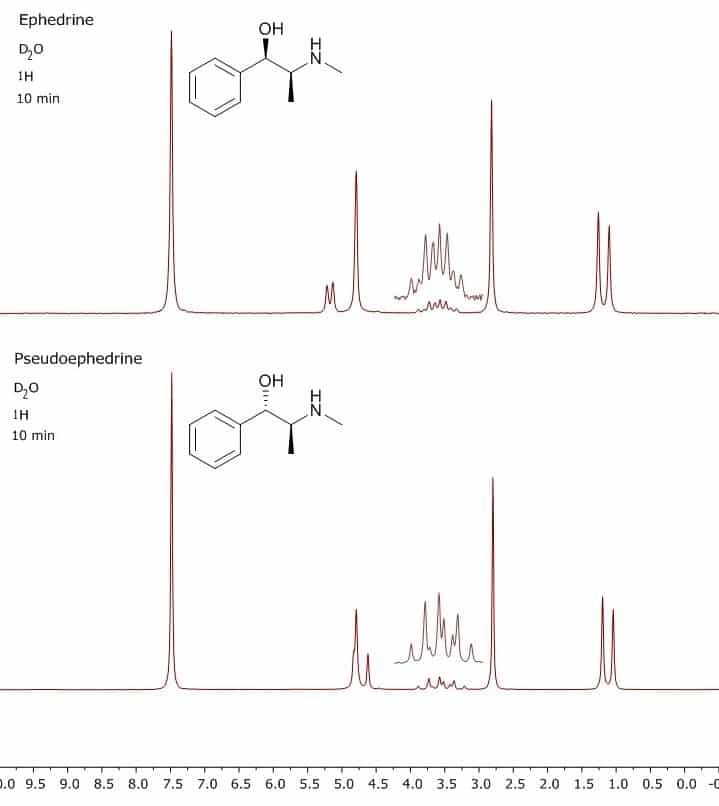Forensic Drug Analysis
Forensic scientists all over the world presented with drug samples must answer the questions: What is this Drug? How pure is it?
Forensic Drug Analysis
Forensic scientists all over the world presented with drug samples must answer the questions: What is this Drug? How pure is it?
These scientists require a quick and reliable method that will give specific identification and accurate quantitation. The Magritek Spinsolve could be the ideal solution for forensics laboratories due to its small footprint, simple sample preparation and superior performance.
There are many techniques available, however many require time consuming sample preparation and complicated instrumentation.
NMR spectroscopy could be an invaluable technique for forensic chemists as it is recognized by SWGDRUG as a Category A analytical technique due to the exceptional discriminating power, and NMR is inherently quantitative. Therefore the identity and purity of the sample can be determined from one measurement. However, the cost and maintenance of high field NMR systems has limited its use in forensics as a standard technique. The Magritek Spinsolve benchtop NMR spectrometer overcomes the limitations of high field NMR and could be the ideal solution for forensics laboratories due to its small footprint, simple sample preparation and superior performance.
What is this drug?
The benefit of using NMR for drug identification is that it gives a specific fingerprint for each compound. This makes it possible to use a database to identify known compounds. Spinsolve has the added advantage of 19F and 13C capability which can provide additional evidence to confirm the identity.
Structural elucidation of new drugs can be achieved using the multinuclear and 2D capability of Spinsolve.
NMR can be used as further Category A evidence to support a proposed identity, and also to distinguish isomers or related compounds that may be difficult using GC-MS or IR spectroscopy.
How pure is it?
The intensity of signals in an NMR spectrum is proportional to the number of nuclei and the response for each nucleus is the same, therefore there is no need for timely and expensive calibration. The sample is simply prepared accurately and, using an internal standard such as maleic acid, a simple comparison of integrals is used to determine purity.
Generally, the accuracy for Spinsolve purity measurements with an internal standard is about 1%. This is about the same as what can be achieved at high field. Using an external standard, the accuracy for purity measurements is about 2.5%.
Multiple nuclei
Spinsolve is capable of measuring a variety of different nuclei including 1H, 19F, 31P and 13C that can add to the investigation.
For example, the 19F NMR spectrum of 4-fluoroethcathinone provides additional evidence for the structure.
Related compounds
Due to the specificity of NMR, Spinsolve can distinguish related compounds such as these synthetic cannabinoids.
Isomers
In most cases, GC-MS and IR struggle to distinguish isomers. NMR can easily identify these methylmethcathinone (MMC) isomers found in real street samples. Notice the different splitting patterns of the aromatic protons around 7.5 ppm due to the position of the methyl group.
Cutting agents
Many street samples also include cutting agents. Below is an example of amphetamine cut with caffeine, and the two certified reference standards for comparison.
Base or hydrochloride salt
Many drug compounds exist as the base or hydrochloride salt, which have different properties and are therefore used differently. For example, the hydrochloride salt of cocaine is a powder that is usually taken intranasally whereas the base has a lower melting point and can be smoked. The two forms can be distinguished using NMR.









